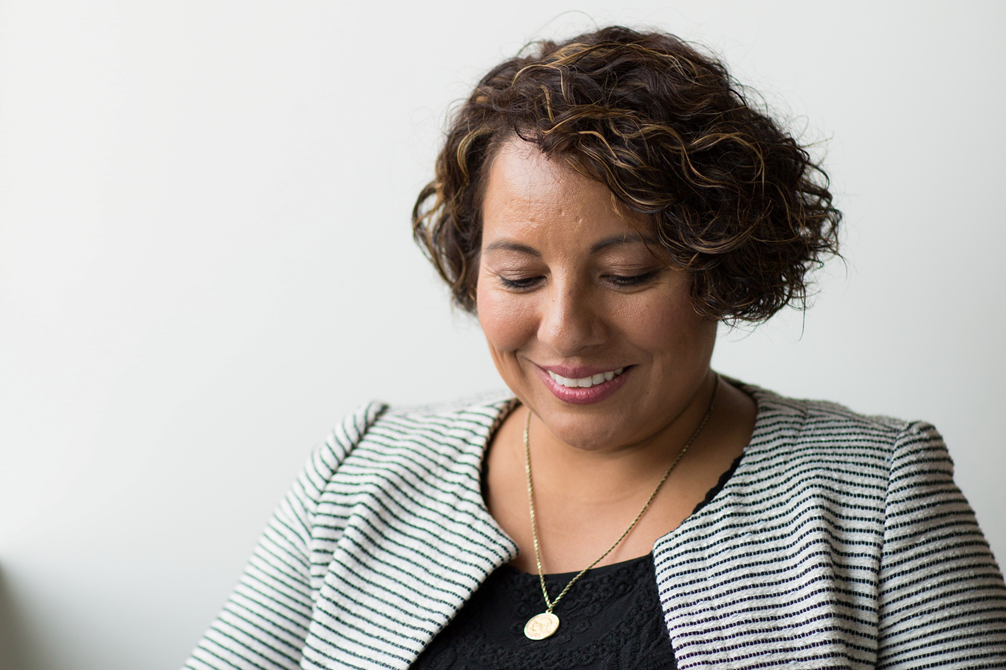Develop Others with Feedforward Conversations
Have you ever received feedback that left you feeling criticized or defensive? Critical feedback can be hard to hear. Even though we want to get better and we know we need honest feedback in order to do that, we can get triggered emotionally and actually resist it. The problem with giving critical feedback is that we set people up for defensiveness, blame shifting, feeling bad about themselves, and resisting the very help we’re trying so hard to give.
There is a better way. It’s called feedforward. You can all start doing this today to deliver critical feedback more effectively. You’ll be amazed at how it improves the relationships in your life.
What is feedforward? It’s a coaching skill that Marshall Goldsmith coined. He’s a world renowned Executive Coach, and best-selling author, who is considered one of the great leadership thinkers of our time. Feedforward is simply giving someone a suggestion for what they can do in the future, instead of dwelling on the past. How might it help you to focus on the future and what you can do about it vs. the past, that you can’t change? Think about that.
Let’s compare feedback and feedforward using a simple example where YOU are the central character. You just gave a presentation and you know that it really didn’t go that well. Your boss says to you, “You seemed like you weren’t well prepared.” How does that make you feel? Pretty awful, right? That’s traditional feedback! It’s focused on the past that you can’t change, it’s critical in nature and might make you defensive or filled with self-doubt. Most of us are already so self-critical, we don’t really need others to focus on what we did wrong.
Let’s try it with feedforward now. Instead of telling you what you did wrong, imagine your boss asking you, “How did you feel it went today? What do you think might help in the future?” How do these questions make you feel? Respected? Encouraged? Relieved? Hopeful? When you’re asked these kinds of questions, you shift into self-reflection and focus on solutions. From there, a great follow up question your boss could ask is, “Can I share an idea that might help going forward?”
There were two main differences in the feedforward example:
- Asking open-ended empowering questions
- Asking permission
Open-ended empowering questions help us shift into focusing on solutions so we can move forward more effectively. We’re more bought in when it’s our idea and we take more responsibility than if we’re told what we “should” do. When we ask for permission to share something from our own experience or an insight we’ve had, this makes us feel less threatened and more receptive.
There are a few things that are important to do before you give critical feedback, even if you do it in a feedforward way. Check in with yourself to see what judgments you might be bringing to the table. Are you feeling critical of the other person? Do you need to be right? Instead,
- Presume you don’t know it all
- Let go of your need to be right
- Ask more questions to understand their perspective
- Listen for their challenge, so you can partner to find solutions
What I see as a coach is that we all bring our best to every situation. Meaning, the best we have at that very moment, based on the level of stress we are carrying, the time we have available to prepare and so on. If you can begin to see others from this perspective with greater compassion, you would be amazed at how beneficial this is for relationships.
Starting today, I challenge you to begin using feedforward in any situation where you want to share feedback. Feedforward allows you to deliver feedback in a way that minimizes stress for others and lets you be a partner in finding solutions. You may be a parent, mentor, boss, or an individual contributor leading by example in your role, but we’re all leaders. The next time you’re trying to help someone get better, try giving feedforward rather than feedback. You’ll get better and better with practice, and all of your relationships will benefit.






Leave A Comment